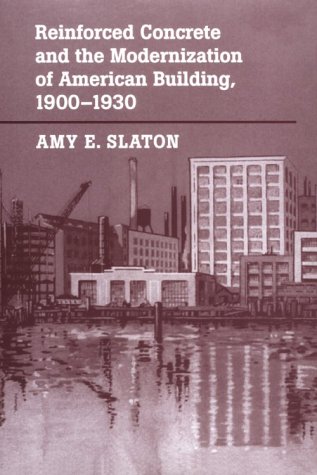Examining the proliferation of reinforced-concrete construction in the United States after 1900, historian Amy E. Slaton considers how scientific approaches and occupations displaced traditionally skilled labor. The technology of concrete buildings-little studied by historians of engineering, architecture, or industry-offers a remarkable case study in the modernization of American production. The use of concrete brought to construction the new procedures and priorities of mass production. These included a comprehensive application of science to commercial enterprise and vast redistributions of skills, opportunities, credit, and risk in the workplace. Reinforced concrete also changed the American landscape as building buyers embraced the architectural uniformity and simplicity to which the technology was best suited.
Based on a wealth of data that includes university curricula, laboratory and company records, organizational proceedings, blueprints, and promotional materials as well as a rich body of physical evidence such as tools, instruments, building materials, and surviving reinforced-concrete buildings, this book tests the thesis that modern mass production in the United States came about not simply in answer to manufacturers' search for profits, but as a result of a complex of occupational and cultural agendas.
- ISBN10 080186559X
- ISBN13 9780801865596
- Publish Date 24 August 2001
- Publish Status Active
- Out of Print 4 April 2022
- Publish Country US
- Imprint Johns Hopkins University Press
- Format Hardcover
- Pages 272
- Language English
